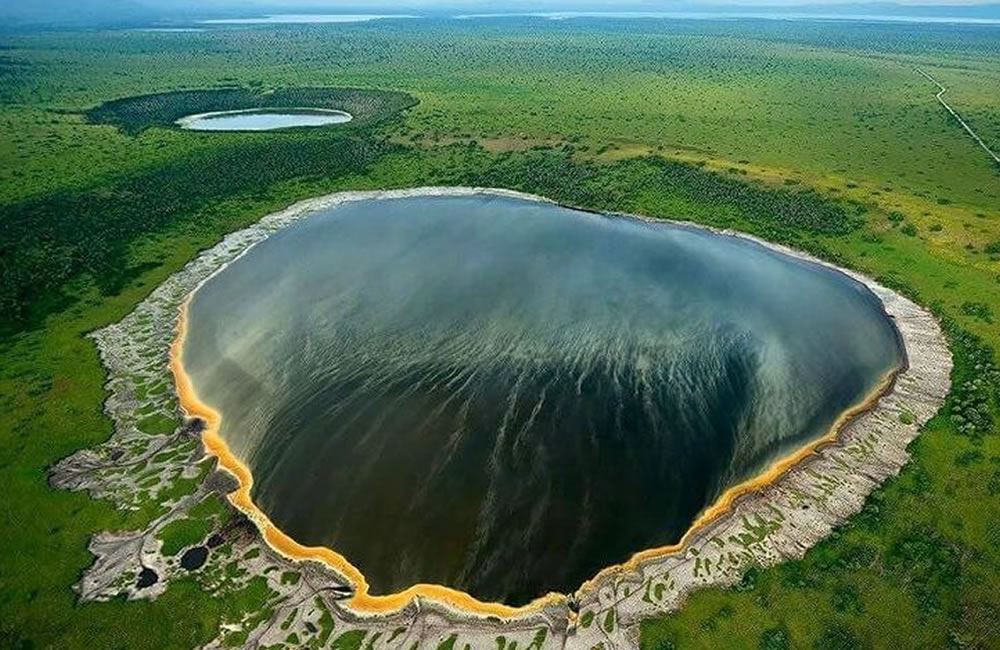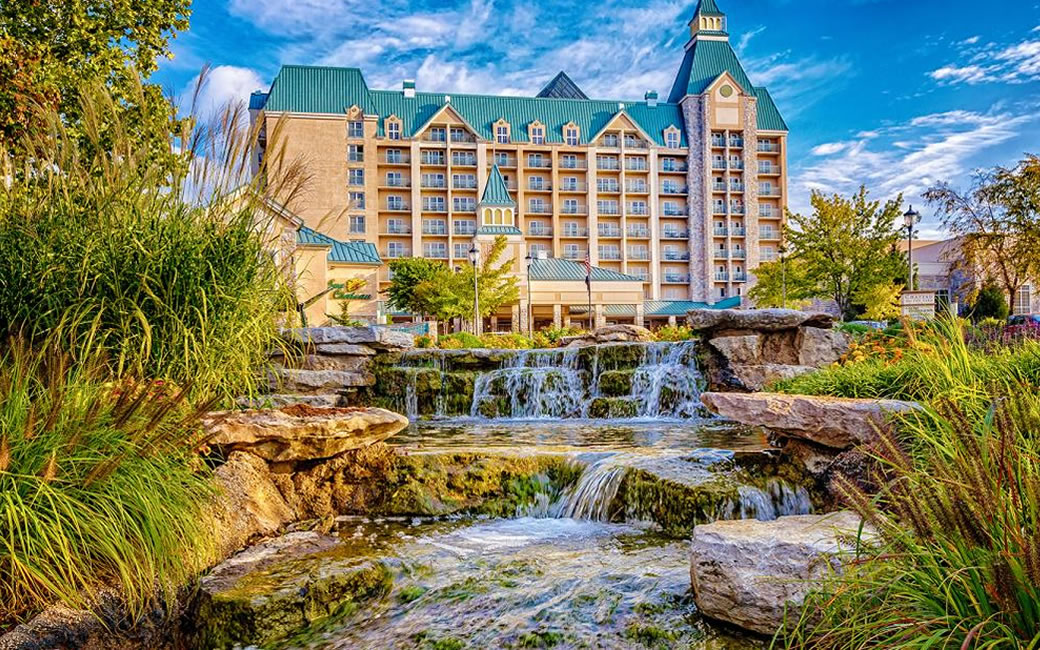Imagine venturing deep into the heart of Africa, where the air is thick with the sounds of wildlife and the landscape stretches out in all its untamed beauty. African jungle safaris offer an unparalleled adventure, immersing you in a world where nature reigns supreme. From thrilling encounters with majestic elephants and elusive leopards to exploring dense rainforests and savannahs, these safaris promise unforgettable experiences. Whether you’re a wildlife enthusiast or an adrenaline seeker, these jungle safaris are the ultimate way to explore the wild side of Africa.
It’s time to dive deep into all the African jungle safari to have the time of your life, check out this guide for all the important details:
1. Bwindi Impenetrable Forest
The Bwindi Impenetrable Forest is a popular African jungle safari to visit this year. You can visit this Jungle Safari for its Mountain gorilla trekking. It is where you can observe mountain gorillas in their natural habitat. This place has a humid environment with dense towering trees. The area has thick vegetation with more than 350 species of birds. It is a great place to observe forest elephants, Columbus monkeys, African green broadbill, and rare butterflies.
Address: Bwindi Impenetrable National Park, Kigezi District, Uganda
Best Time To Visit: June – August and December – February
2. Masai Mara National Reserve
Masai Mara is an extremely popular general safari in Africa. It is famous for its rich biodiversity and unique great migration of wildebeests, gazelles, and zebras. This national reserve has Savannas and Riverine Forest where you can observe the stunning Big Five. Alliance, leopards, elephants, buffalo, and rhinoceros – all in the same place. Over 500 bird species are present in this national reserve.
Address: Masai Mara National Reserve, Narok County, Kenya
Best Time To Visit: July – October
3. Serengeti National Park
The Serengeti National Park is an iconic jungle safari to experience with your family and friends. This National Park is popular for its seasonal migration of more than 1.5 million zebras and wildebeests. Home to different types of wildlife and species of birds, it is also a popular UNESCO World Heritage site. You will encounter the big five along with hyena, giraffe, crocodile, and cheetah. The Savannas, Woodlands, and river valleys attract visitors from all parts of the world.
Address: Serengeti National Park, Mara Region, Tanzania
Best Time To Visit: June – October
4. Okavango Delta
The Okavango Delta is an inland delta known for its unique beauty and diverse wildlife. It is a critical habitat for African wild dogs and various bird species. A UNESCO World Heritage site, it has several lodges and camps. Water-based Safari by dug-out canoes and land-based game drivers are available for tourists to enjoy. This Delta provides water to wildlife and local Human settlements. It is a fragile environment but a gem of nature that you should not miss.
Address: Okavango Delta, Botswana
Best Time To Visit: May – October
5. Chobe National Park
Chobe National Park is a popular wildlife reserve, especially known for its populations of elephants, buffalo, lions, and leopards. This region has the largest population of elephants with more than 120,000 individuals. The boat safari allows tourists to see crocodiles and hippos whereas the walking safari is also available with an experienced guide.
Address: Chobe National Park, Kasane District, Botswana
Best Time To Visit: June – October
6. Kruger National Park
This National Park has an area of about 20,000 km². It is home to incredible wildlife and is a great place to visit for nature lovers. This is where you can truly observe the African wilderness with lush river sites. Apart from the big five, it is a great place to observe bird varieties like hornbills, African fish eagles, secretary birds, and storks. Self Drive Safari through well-maintained roads is extremely popular. Guided Safari takes you for an in-depth experience.
Address: Kruger National Park, Mpumalanga and Limpopo provinces, South Africa
Best Time To Visit: May – September
7. Volcanoes National Park
This national park is part of the Virunga massif and is popular for gorilla trekking. Tourists hike through the rainforest and observe mountain gorillas in their natural environment. The Volcanoes National Park Rwanda has breathtaking scenery and is ideal for hiking and adventure. It is a great opportunity to engage with the local communities. A safari at Rwanda’s Volcanoes National Park is a great experience to observe golden monkeys, Yellow-eyed blackbirds, and duikers.
Address: Volcanoes National Park, Ruhengeri, Rwanda
Best Time To Visit: June – September, and December – February
8. Ngorongoro Crater National Park
This place is also known as the eighth wonder of the world. It is great for wildlife viewing and is a hotspot for grazing herbivores and predators. Here, you can spot lions, black rhinos, elephants and buffalo. Flamingos in the soda lakes are an attraction as well. The exceptional density of animals in this area makes it a unique example of harmony between the local population and animals. Guided Safari in a 4×4 vehicle with an experienced guide is the best option to explore.
Address: Ngorongoro Conservation Area, Arusha Region, Tanzania
Best Time To Visit: Year-round
9. Kahuzi-Biega National Park
This National Park is also a UNESCO-recognized World Heritage site. It is known for its rich biodiversity and stunning landscapes. Eastern lowland gorillas are the main attraction. The Low land gorillas are critically endangered and prone to poaching and habitat loss. Safari at the Kahuzi Biega national Park is extremely exciting with other opportunities like hiking and nature walking. There are blue monkeys, Mona monkeys, Kivu Ground thrush, and varieties of chameleons and frogs.
Address: Kahuzi-Biega National Park, South Kivu, Democratic Republic of Congo
Best Time To Visit: May – September
10. South Luangwa National Park
This National Park is renowned as a thriving ecosystem for both flora and fauna. It has an area of about 9050 km². This place has a density of leopard population with thick vegetation and riverine habitats. African wild dogs, zebras, and antelope are common. It is a paradise for bird watchers to spot varieties of Kingfisher, African fish eagles and lilac-breasted rollers. Walking Safari and guided tours are available for the tourists.
Address: South Luangwa National Park, Eastern Province, Zambia
Best Time To Visit: May – October
African jungle safaris are a great way to discover and explore the native wildlife. It provides you with an up close and personal experience with the wildlife in their natural habitat. It also explains the importance of conservation and protection of animals. Do not miss this unique opportunity for adventure and tranquility. The diverse landscapes are stunning to watch with your partner.








